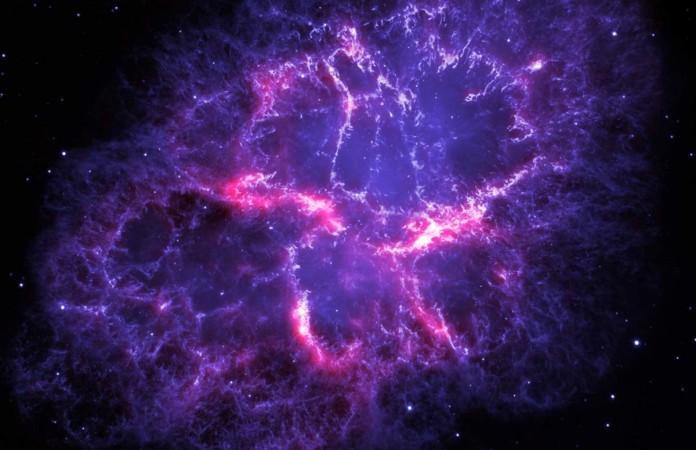
What is antimatter? And, more importantly, why is it so important?
In the seminal science-fiction novel Cities in Flight by James Blish, the protagonist bears witness to the end of the known 'matter' universe as it collides with a parallel 'anti-matter' universe in an apocalyptic cancel that both destroys time and signals its resurrection as well.
Confused? Well, you're not alone; anti-matter and its absence in the universe has confounded scientists for decades. To put it simply, antimatter is the exact opposite of regular 'matter' that comprises everything around us, including our own bodies.
So where is it? Studies of cosmic rays have shown the presence of antiprotons and positrons, but apart from that zip...nada! Cosmologists and particle physicists speculate that the Big Bang created an equal amount of matter and antimatter, but for some reason, the anti-matter seems to have vanished, or has gone into hiding.
Creating antimatter in a lab is notoriously hard because it is immediately destroyed when it comes into contact with ordinary matter, but positrons have been created and manipulated in controlled conditions.
Now, however, scientists working at CERN's Alpha Experiment have managed to study the properties of anti-hydrogen using a specially-made magnetic trap.
The team was looking to see if anti-hydrogen followed the Standard Model, which describes the laws of physics our known universe abides by.
They shone a laser light on the anti-hydrogen and their study has revealed that it responded to the "coloured" light in the same way a regular hydrogen atom would. So far, so normal.
Because the hydrogen atom and its behavior under various conditions has been extensively studied and documented, studying anti-hydrogen would lead to deeper insight into what happened to all the antimatter in the universe.
The team also wants to study the effect antimatter has on gravity and will use the machine – Alpha g – for the experiment. The machine will be ready in 2017.
It may be decades, however, before we can learn to create and control antimatter in a manner that will allow us to use it as fuel in, say, in the red shift rocket envisioned in science fiction, or even as a weapon.
Until then, scientists will continue to study one of the most elusive building blocks of the universe, as old as time itself. And discovering that anti-hydrogen, at least in this experiment, obeys the Standard Model is a start.

















